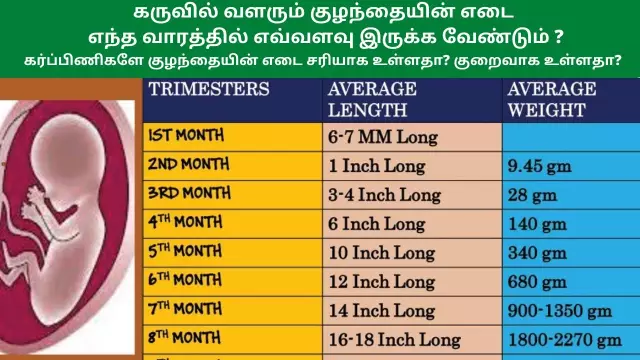- Author Rachel Wainwright [email protected].
- Public 2023-12-15 07:39.
- Last modified 2025-11-02 20:14.
5 myths about X-ray examinations
X-ray research methods have been used in medicine for over a hundred years and thanks to this, millions of lives have been saved. In many cases, without X-ray, it is impossible to form an accurate picture of the state of organs and tissues, to correctly determine the diagnosis. However, there are many myths about this kind of research. Let's consider the most common ones.

Source: depositphotos.com
X-rays are deadly
X-rays passing through the human body can cause:
- development of temporary deviations from the optimal blood composition;
- changes in the structure of protein molecules;
- premature aging of tissues;
- disruptions in the process of normal cell maturation;
- pathological degeneration of individual cells.
The likelihood of any negative processes occurring directly depends on the radiation dose received by the patient. For most diagnostic X-ray procedures, these doses are extremely low. For example, with a fluorographic examination, which is recommended to be carried out annually, a person receives on average about 500 μSv (microsievert), and with an X-ray of one tooth - only about 30 μSv. Taking into account that a dose of 50,000 µSv received during the year is officially considered harmful to health, there can be no talk of any mortal danger of X-ray procedures.
X-rays are absolutely harmless
Oddly enough, the opposite statement is also not entirely true. The most difficult in terms of radiation dose are the procedures for computed tomography of the abdominal organs (each - about 20,000 µSv). Several such studies carried out over a short period carry potential health risks.
That is why doctors, prescribing X-ray diagnostics, should be guided by the data of other studies and direct necessity, and not the desire of patients.
X-ray provokes the development of cancer
According to statistics, the probability of malignant cell transformation in patients examined by computed tomography is about 0.1% (one case per thousand studies). For the most common procedures (such as chest x-rays), this risk is one in a million patients examined.
X-ray has many contraindications
In fact, X-ray diagnostic methods have no medical contraindications. When prescribing an examination, the doctor must assess the need for the procedure and correlate its potential danger with the patient's condition. Special attention is required to conduct X-ray studies in relation to infants and expectant mothers. If it is possible to use a method that is not related to radiation (for example, ultrasound), the doctor will definitely give him preference.
After the study, it is necessary to remove radiation from the body
According to most doctors, no rehabilitation is required after X-ray diagnostics. The exposure to which the body is exposed during the procedure is short-term, and the resulting dose of radiation is minimal. Patients who still fear negative consequences should drink plenty of fluids after the examination: this will help the body quickly stabilize metabolism and remove decay products.

Source: depositphotos.com
X-ray diagnostics is widely used in the fight against internal diseases, various injuries, in oncological and phthisiatric practice. As a rule, procedures are absolutely necessary: without them, neither the diagnosis nor the assessment of the effectiveness of treatment is possible. Moreover, such methods are practically safe, non-traumatic and, in most cases, comfortable for the patient.
YouTube video related to the article:

Maria Kulkes Medical journalist About the author
Education: First Moscow State Medical University named after I. M. Sechenov, specialty "General Medicine".
Found a mistake in the text? Select it and press Ctrl + Enter.






